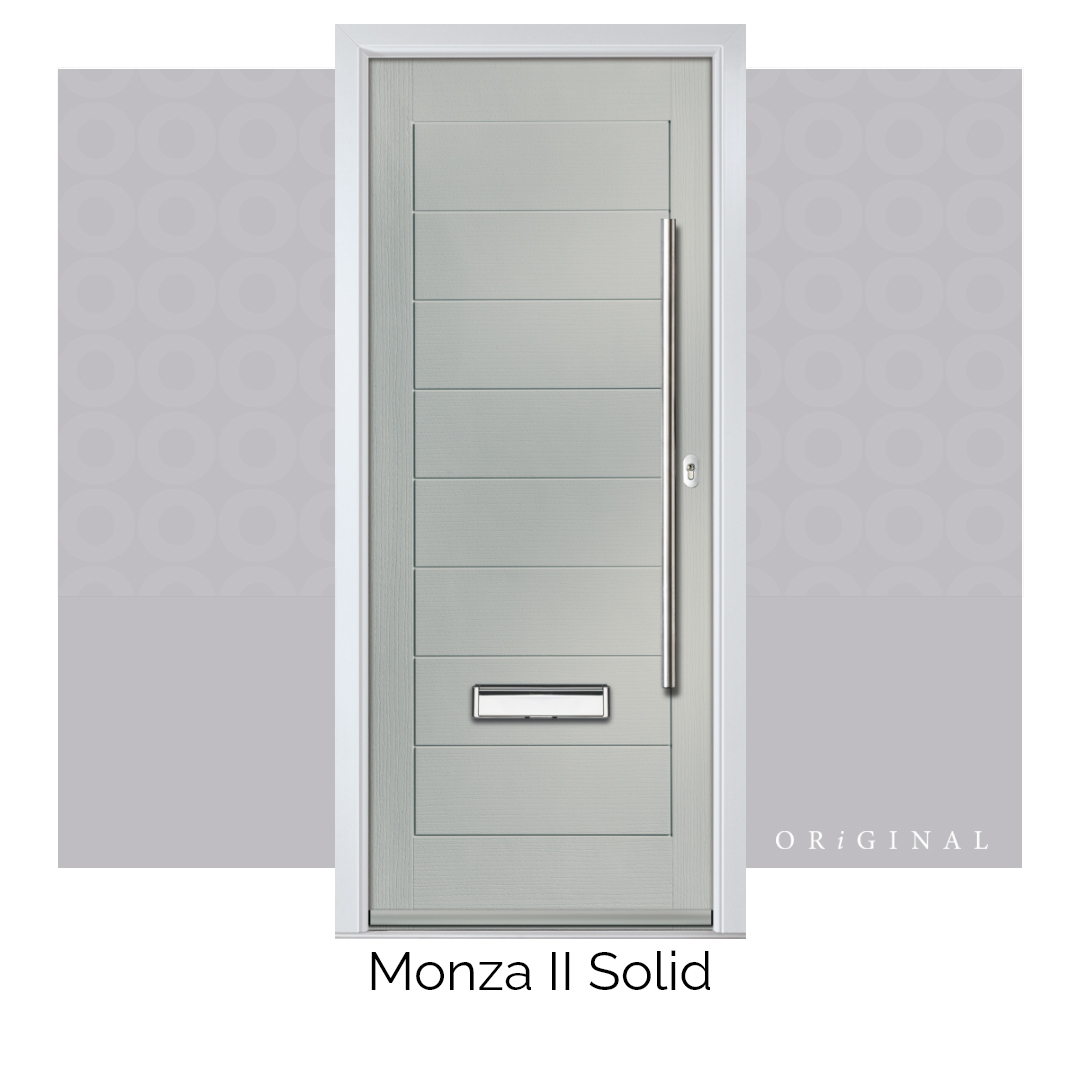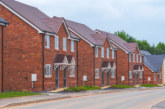
Over the last decade, DoorCo has been designing and manufacturing composite doors that have been fitted into 1,000s of social housing homes through its network of trusted fabricators and installers across the UK. Here, Technical & Sales Manager, Ian Glenister reports on what the current trends and forecasts are when it comes to doors in the social housing sector.
Collaboratively, DoorCo has been delivering on large partnering and framework agreements with many RSLs via a network of window and door fabricators and installers that specialise and therefore understand the pressures of the social housing sector. Our aim is to provide the best doors for residents in terms of stability, security and aesthetics.
Our doors have been designed specifically for the UK market and are manufactured in the world’s most technologically advanced door production facilities, and our Macclesfield hub of warehouses holds up to 60,000 doors and 150,000 of our unique FLiP glazing cassettes. Our door products are PAS24:2016, Doc Q & L & M compliant. We are members of the Association of Composite Door Manufacturers (ACDM), meeting their strict code of good practice, which is focused on ensuring the highest standards of operational professionalism in the market. We also recently won Component Supplier of the Year in the industry-renowned G22 Awards.
Better homes
The growing pressure on landlords to improve living environments for their tenants is intensifying. Whether this is improved energy efficiency as part of the decarbonisation drive for Net Zero or creating more aesthetically pleasing homes and better communities, the challenge is very real. Sourcing the correct products from a robust and reliable supply chain is paramount in meeting this complex challenge. The composite door is a solution that supports the challenge from both sides.
Efficiency solution
The integrity and performance of the composite door is widely recognised as one of the best doors for U-value performance — they are designed to be energy-efficient. As suppliers we are constantly innovating to ensure that this performance is always one step ahead of what is required. For example, product changes were made last year well in advance of the changes made to Approved Document L, and we have also already switched all our door glass over to laminated glass, ahead of the proposed changes to Building Regulations, that will now come into force next year.
Delivering differentiation
Where composite doors come into their own is in meeting the pressures being put on landlords to deliver more aesthetically pleasing homes and improve the ‘kerb appeal’ of their housing stock. Diversity is easily achieved thanks to constant innovation and investment in this area to deliver a wide variety of design and colour options.
Colour
Colour has been an important factor for the window and door market for a long time and as a key supplier, we ensure our customers can deliver the very latest trends to the market, whether that is colour scheming effectively with a variety of shades that can create, for example the popular coastal, rural and urban schemes, or offer premium alternatives to the ever-popular standard colours of Red, Blue, Green, Anthracite Grey and Chartwell Green.
Design
When it comes to overall design, the choices of doors available far exceeds the traditional moulded designs we’re used to seeing in this market. Enhanced designs like the Farmhouse and Monza II are becoming increasing popular as cost-effective alternatives that can be ordered in volume to satisfy large contracts on a very quick turnaround. Glass and glazing choices also have a significant impact on design and there is a wide choice of options, from alternative cassette designs with a flat woodgrain finish to bespoke decorative glass that are readily available to complement housing schemes.
The market is evolving; DoorCo and our network of specialist door fabricators and installers understand what it takes to deliver a reliable, secure and relevant supply chain to support the social housing sector in satisfying this change.









